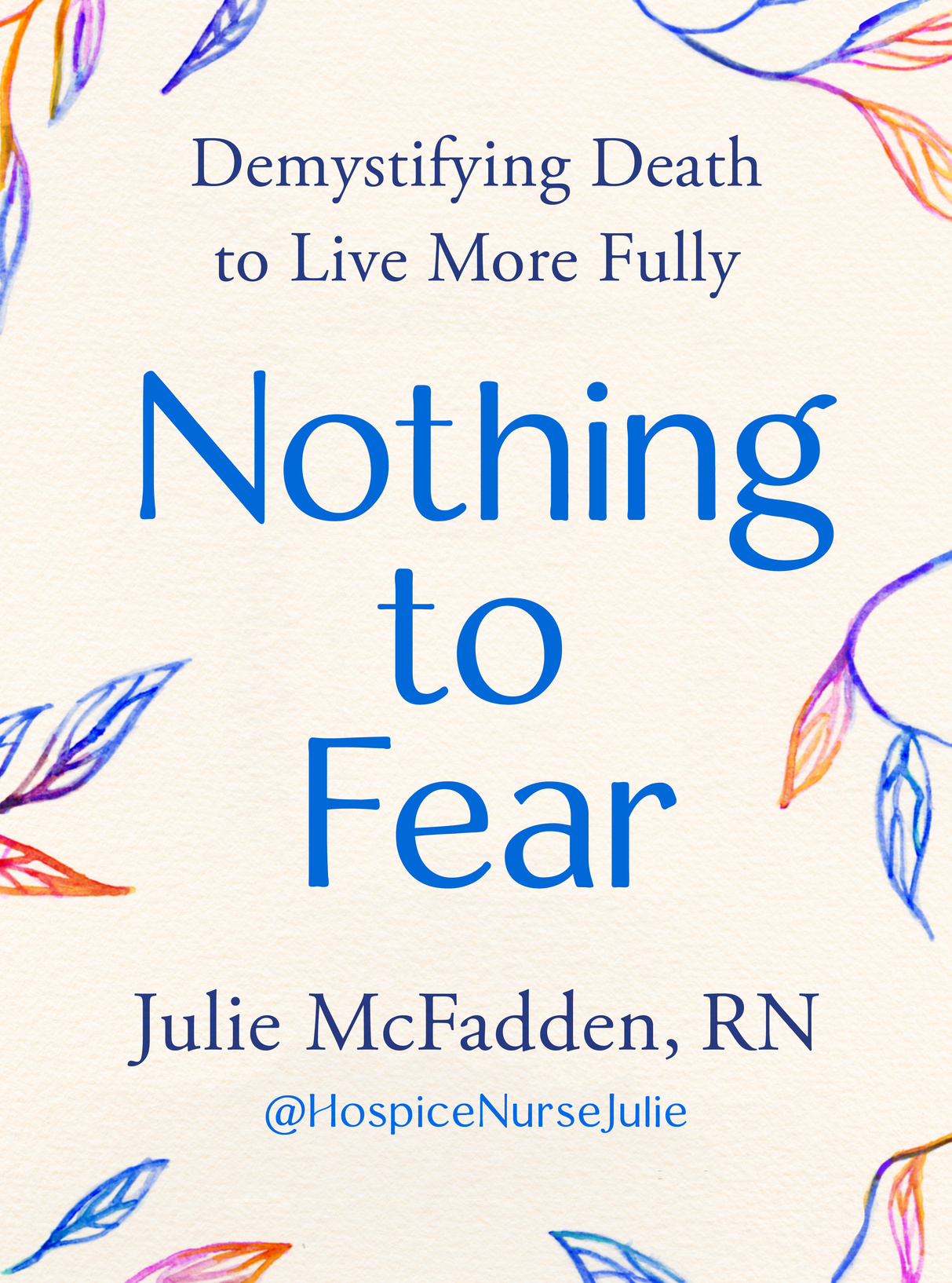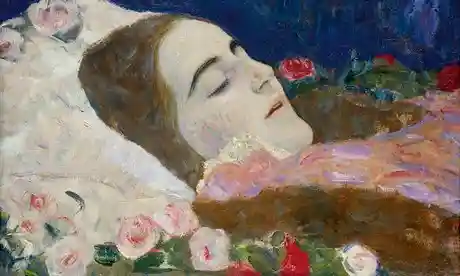One of the reasons we find death so frightening is that a lot of us refuse to talk about it. We’ve made it such a taboo topic, I think half of the fear we feel is just from avoiding it. Avoiding talking about it. Avoiding learning about it. If we did those things, it’d be less scary. The more willing someone is to talk about and accept the fact of their death, the better they’ll live, and the better they’ll die.
You’ve heard the way people talk about someone who’s died.
“She’s gone.”
“He’s no longer with us.”
“They passed on.”
I get it. It’s gentler. But as we think about shifting the way we look at death and dying, we also need to look at the words we use and start getting comfortable with saying the words: he’s dying, she’s dead, they died.
Death.
I understand that not everyone’s there yet. But we all can start trying it on a little bit. Try saying, “Mom died.” Try saying, “I’m dying.” Try saying those words; it’s actually really therapeutic. Plus, by using them yourself, you give others permission to use the “d-words,” too.
Specifically, I think it’s important to talk about death with the person who is dying, when they’re lucid. I see that my patients who are willing to talk about their death and what they want before they die have more peaceful lives and far more peaceful deaths. It helps their loved ones, too. Often I’ll begin, “We all have an end-of-life journey. All of us. Right now, yours is a little clearer than other people’s. So what is that going to look like?” Then I talk about death and dying. When I model doing it, the patients and their family members are usually a little more comfortable talking about it themselves.
Some people ask me, “Why is it so important for people to know that they’re going to die?” It’s a great question. When people choose to learn about their particular illness and what their death might look like, their fears often are eased as they acknowledge what’s happening. The people who are willing to discuss end-of-life issues and to accept that they’re going to die seem to carry about them a certain type of freedom, and they truly live their last days well. Their fear tends to decrease, and they tend to be freer and more full of life, even though they’re dying.
I’ve also seen the opposite. When people are unwilling to look squarely at death, the last few months of their life are usually filled with fear, anxiety, and stress. There seems to be a lot of existential suffering and chaos. That’s why I want to normalize talking about death and dying and spread the understanding that we’re all going to die.


